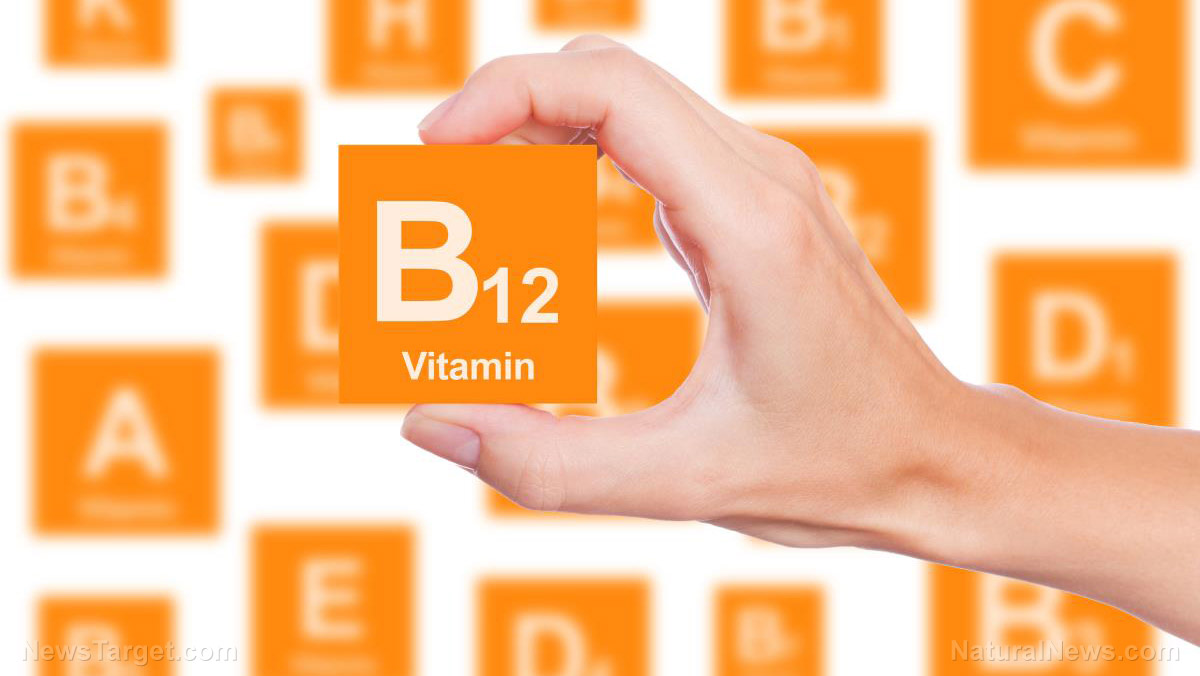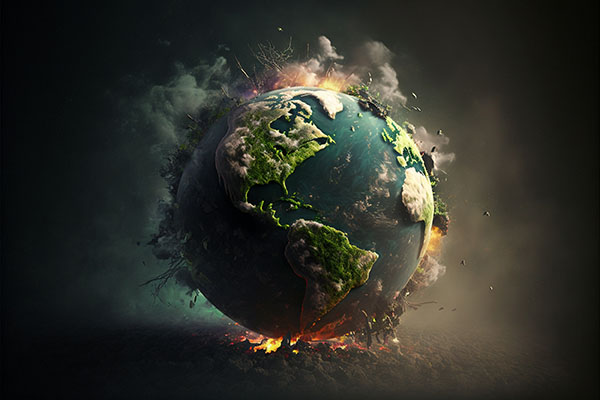
New evidence has shown that the insides of Mount St. Helens are not only not nearly as hot as many people have been led to believe, but they are actually quite cold.
Nsikan Akpan of PBS reports that the ground underneath Mount St. Helens "is a cold mantle wedge, a geologic structure with a bit of a misnomer. The Cascadia volcanic arc produces magma at temperatures above 1,470 degrees Fahrenheit. But the temperature of this Mount St. Helens’ underlying wedge is under 1,300 degrees Fahrenheit — too cold to produce molten rock." Akpan continues that the aforementioned coolness is caused by "ocean water pouring into the Earth at the subduction zone west of Mount St. Helens and reacting with minerals in the mantle to form cold rocks called serpentine crystals."
Despite this new evidence changing everything we thought we knew about the volcano, it doesn't change the fact that Mount St. Helens is still the deadliest volcano in America. Like every other active volcano, Mount St. Helens has the potential to cause death and destruction should it erupt.
The unpredictability of Mount St. Helens is very similar to the generally unpredictable nature of life in America. We never know what is going to come next, and all we can actively do in order to be ready for whatever comes next. Between all of the radical terrorists, events that seem to lead to World War III and the various natural disasters that effect the world on a global scale, there is always something dangerous on the horizon.
We should all be more prepared for the future than we are currently. While there are some disasters that are simply too deadly to combat, there are a number of steps we can take in order to help support our survival and provide ourselves some protection against danger.
Sources:
Please contact us for more information.






















